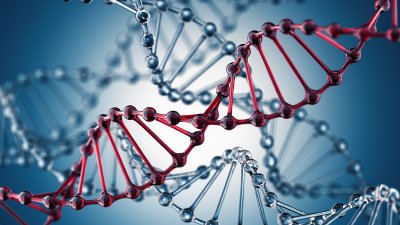
Geometric mechanics
Check out our current research projects in geometric mechanics.
Research leads

Professor Tom Bridges
Professor in Geometric Mechanics and Lagrangian Fluid Dynamics

Dr Cesare Tronci
Reader in Geometric Mechanics
Geometric mechanics: Hamiltonian and Lagrangian dynamics

Development of the fundamentals of Lagrangian, Hamiltonian, and multisymplectic structures, including generalisation of multisymplectic relative equilibria, Clifford algebra structure, with applications to the stability of solitary waves are being led by Tom Bridges.
Other topics include geometry of fluid dynamics in general and water waves, and the underpinning geometry of Whitham modulation theory.
Applied geometric mechanics: Hamiltonian and Lagrangian methods

Cesare Tronci is working on noncanonical Hamiltonian systems with symmetry, Noether's conservation laws and momentum maps on symplectic manifolds in finite and infinite dimensions, and reduction by symmetry of Poisson brackets and variational principles.
Ceare is also working on strained variations and Euler-Poincar\'e Lagrangians, and applications to hydrodynamic models including:
- Plasma dynamics (magnetohydrodynamics, kinetic equations)
- Complex fluids (liquid crystals, micropolar fluids, magnetized continua)
- Quantum chemistry (quantum hydrodynamics, molecular dynamics, quantum-classical coupling).